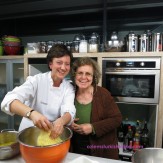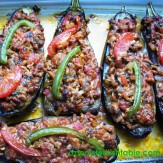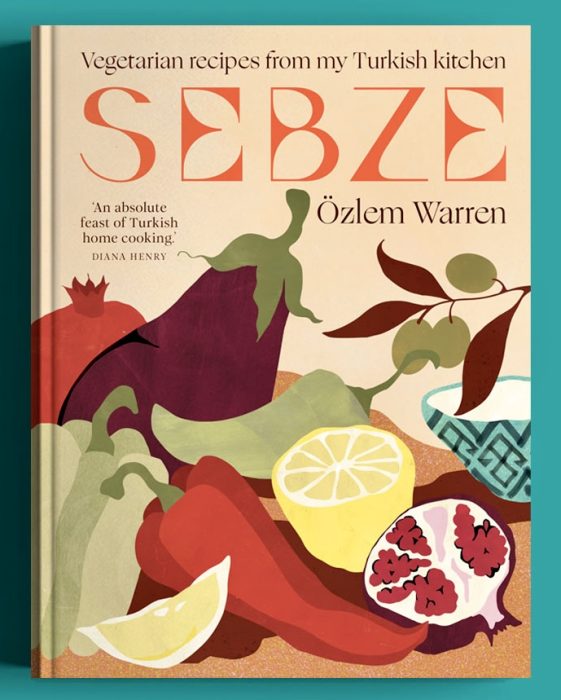
Image taken during SEBZE photo shoots with Sam A Harris and Esther Clark
This delightful and easy potato bake, from my new book SEBZE, Vegetarian recipes from my Turkish kitchen, makes use of the bastı method, a layered cooking technique dating back to the Ottoman period. Meat and vegetables are traditionally first sautéed then layered and gently pressed into a round dish. Turkish food writer Sahrap Soysal notes that this technique is also referred to as oturtma. This humble, great-value dish is very moreish, perfect for buffets as well as easy weekday meals. Leftovers are delicious enjoyed cold the next day, too.

I hope you enjoy making this dish; if you like to get a copy of my cookery book, SEBZE, copies can be ordered worldwide here.
Afiyet Olsun,
Ozlem x
- 3 tablespoons olive oil, plus extra as needed
- 3 medium or 2 large onions, quartered and thinly sliced
- 4 garlic cloves, finely chopped
- 650 g (1 lb 7 oz) roasting potatoes, cut into 3 cm (1 in) discs, 1 cm (½ in) thick
- 1 teaspoon dried oregano
- ½ teaspoon pul biber
- 60 g (2 oz/1/3 cup) good-quality black olives (Turkish or kalamata), pitted and quartered
- 3 medium, ripe tomatoes, halved, then sliced 5 mm (¼ in) thick
- sea salt and freshly ground black pepper, to taste
- handful of flat-leaf parsley, finely chopped, to serve
- Heat 2 tablespoons of the olive oil in a large, wide pan over a medium heat, add the onions and sauté for 10 minutes until softened and starting to caramelise. Add the garlic and sauté for 2 minutes. Transfer to a plate and set aside.
- Preheat the oven to 180°C fan/200°C/400°F/gas 6.
- Add the remaining tablespoon of oil to the same pan (or perhaps a little more if needed), add the potatoes and sauté over medium heat for 5–6 minutes. Stir the onions back into the pan, season with salt, pepper, dried oregano and pul biber, combine well and remove from the heat.
- Spread half of the potato and onions in the base of a 25 cm (10 in) baking dish. Layer half of the olives and sliced tomatoes over and gently press. Spread the remaining potato and onions over, with a final layer of olives and tomatoes on top, and gently press. Drizzle a little olive oil over, season with salt and pepper, and bake for 40–45 minutes until fully cooked and charred at the edges.
- Scatter the chopped parsley over and serve warm or at room temperature.







